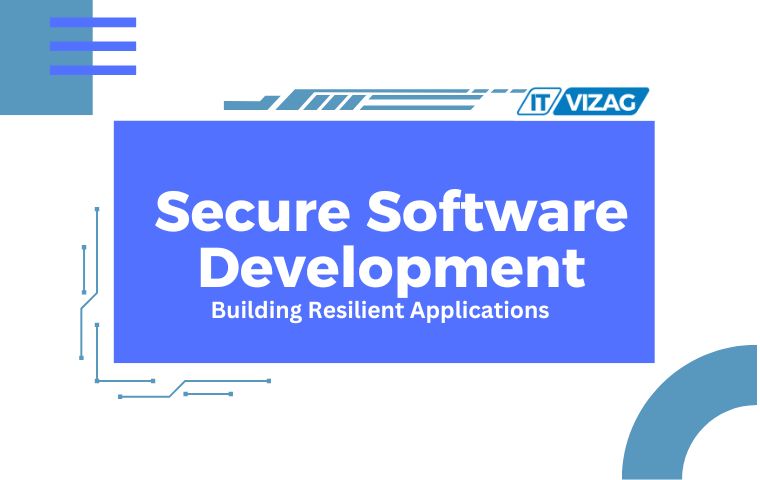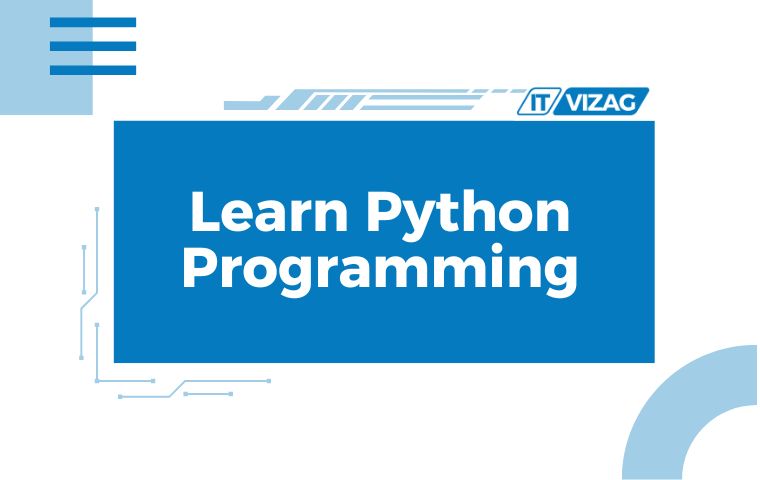
About Course
This course is designed to empower developers, architects, and security professionals with the knowledge and tools needed to design and build secure, robust applications. Covering the entire software development lifecycle, this program emphasizes secure coding practices, risk mitigation, and modern security frameworks.
Whether you’re new to secure development or looking to deepen your expertise, this course provides practical strategies and hands-on techniques to safeguard your applications against evolving threats.
By the end, you’ll gain the confidence and skills to create resilient applications and obtain a certification to validate your expertise.
Course Content
Module 1: Introduction to Secure Software Development
- Why Secure Software Development Matters
- What is Secure Software Development?
- Key Concepts in Secure Software Development
- Overview of Common Security Threats
- Secure Software Development Lifecycle (SSDL)
- Real-World Example & Conclusion
Module 2: Understanding Threat Models and Attack Vectors
- Introduction to Threat Modeling
- Common Attack Vectors
- Steps in the Threat Modeling Process
- Tools for Threat Modeling
- Case Study: Analyzing a Real-World Attack
- Hands-On Exercise & Conclusion
Module 3: Secure Coding Practices
- Introduction to Secure Coding
- Principles of Secure Coding
- Common Coding Vulnerabilities and Prevention
- Best Practices for Secure Development
- Case Study: Secure Coding in Action
Module 4: Secure Software Architecture and Design
- The Importance of Secure Architecture
- Principles of Secure Architecture and Design
- Steps to Design Secure Software Architecture
- Case Study: Architecting for Security
- Hands-On Exercise & Conclusion
Module 5: Secure Coding Practices
- Introduction to Secure Coding
- Common Coding Vulnerabilities
- Principles of Secure Coding
- Secure Coding Best Practices
- Real-World Example
Module 6: Security Testing and Vulnerability Assessment
- Introduction to Security Testing
- Types of Security Testing
- Vulnerability Assessment Process
- Common Vulnerabilities to Test For
- Best Practices for Security Testing
- Activity & Conclusion
Module 7: Monitoring, Incident Response, and Recovery
- 1. The Importance of Monitoring and Incident Response
- 2. Security Monitoring Tools and Techniques
- 3. Incident Response Plan (IRP)
- 4. Recovery and Continuity Planning
- 5. Practical Tips for Effective Monitoring and Response
- 6. Real-Life Case Study: Effective Incident Response
- Conclusion
Module 8: Staying Ahead: Future Trends in Secure Software Development
- The Importance of Adapting to Change
- Emerging Trends in Secure Software Development
- Skills for the Future
- Practical Exercise & Conclusion
Module 9: Case Studies and Real-World Applications
- Why Study Case Studies?
- Case Study 1: Equifax Data Breach (2017)
- Case Study 2: Target Data Breach (2013)
- Case Study 3: Google’s Project Zero Initiative
- Case Study 4: Adoption of DevSecOps by Netflix
- Exercise: Analyze a Security Breach & Conclusion
Module 10: Final Assessment and Certification
- Purpose of the Final Assessment
- Structure of the Final Assessment
- Tips for Success
- Certification Process
- Post-Certification Opportunities
- Key Takeaways & Conclusion






